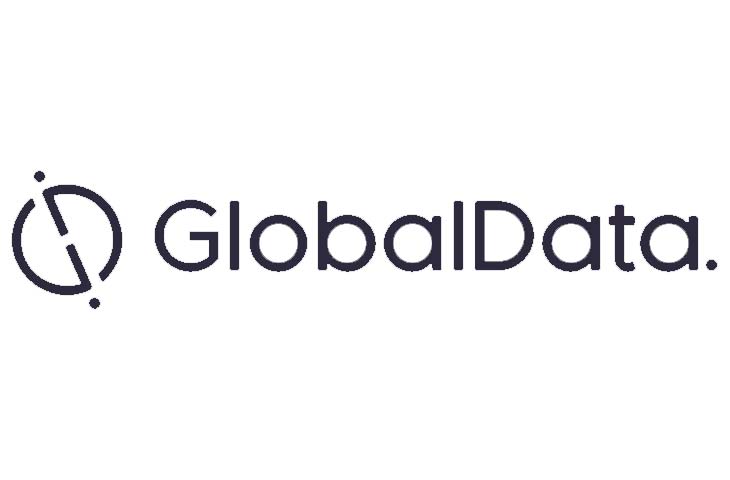The performance highlights of the Top 25 publicly traded global banking institutions for the year 2017 have been confirmed in the latest research from GlobalData, a leading data and analytics company.
The completed analysis reveals a number of interesting insights. The top nine players in 2016, based on market cap, maintained their place in the top nine in 2017 with some minor positional movements. This reflected their consistently strong business performance over the year with JPMorgan maintaining the top position.
Nearly 70% of the Top 25 players witnessed a double digit M cap growth, with Industrial and Commercial Bank of China, Bank of America, China Construction Bank, China Merchants Bank, Itau Unibanco and Sberbank recording an annual growth of over 30%. Sberbank’s performance was also impressive, as it moved up 10 places to 19th positon in 2017 on the back of declining Russian bond yield, better margins, a highly diversified loan portfolio, and a depreciated ruble during the crisis period.
IMAGE FOR PUBLICATION: Please Click Here: ‘Top 25 Banking Institutions, January 2018′
Amal George, Lead Analyst at GlobalData commented, ‘‘The majority of the top 25 companies did not have a similarly good run with an overall average revenue decline of 4.1%. Mitsubishi UFJ and Itau Unibanco are the only two companies from the list to have recorded a double digit positive revenue growth.’’
GlobalData’s analysis of each business in the top 25 is based on a number of key metrics including their market cap (M Cap), price-earnings ratio (P/E), earnings per share (EPS), enterprise value to earnings before interest, taxes, depreciation and amortization (EV/EBITDA), return on capital employed (RoCE %), return on assets (ROA), research and development as a percentage of sales (R&D/Sales %) and operating margin, to help assess the health of the top players.
The Top 25 continued to have adequate liquidity with an average loan-to-deposit (LTD) measure of 77.8%. Only five of them – Banco Santander (94.9%), U.S. Bancorp (80.5%), Sberbank (90.7%), Bank of Nova Scotia (80.7%) and PNC (81%) – fell within the ideal range of 80%-90%. Commonwealth Bank of Australia, Itau Unibanco, Westpac and ING saw LTD ratio of over 100%, indicating a dependence on wholesale funding.
The average of net interest income to net revenue was 56.6% for the Top 25 while the top 10 reported a slightly better average of 57.8%. For JPMorgan, Bank of America, HSBC (LSE:HSBA), Royal Bank of Canada, Mitsubishi UFJ, BNP Paribas and UBS, the ratio was below 50%, which could be due to a greater focus on fees related activities, a low interest rate environment, relatively higher cost of deposits, or subdued growth in lending.
The remaining firms derived the majority of their revenue from interest related activities with the ratio above 50%. Average loan loss provisions (LLP) as percentage loans stood at 0.8% with 17 players ranking better than the average, indicating high quality of assets.
The average P/E of 12.8 for the group indicates positive investor sentiments. Industrial and Commercial Bank of China, China Construction Bank, Agricultural Bank of China, Bank of China, BNP Paribas and Bank of Communications reported negative EV/ EBITDA as they continue to sit on a huge cash pile. The EV/ EBITDA average for the rest of the group was 20.1.
George continued, ‘‘In 2018, the banks are expected to continue to revamp their legacy systems into a more robust, simple, and modern IT infrastructure that has the capability to integrate new solutions with minimal internal disruption. They are likely to leverage data analytics more than ever before to offer customized product offerings. Mobile Technology is fast changing the way banking is done in terms of customer experience and pushing operating margins. On the regulatory side, changes such as the material rewrite of the Volcker Rule, proposed creation of intermediate holding companies for local banks in the EU and the transparency requirements of MiFID II could continue to drive changes in the banks’ strategies and market structure.’’
Adoption of FinTech technologies remains another focus area for banks. They started exploring strategic collaborations and venture funding, developing in-house capabilities, setting up business accelerators, and/or opting acquisitions to enter and strengthen capabilities in the FinTech domain.
One of the prime examples is the collective initiative of the world’s leading 22 banks in developing the blockchain-based international payments system. Increasingly, banks are also acting as a platform (BaaP) and one-stop shop for customers, wherein they are linked to different FinTech companies.











